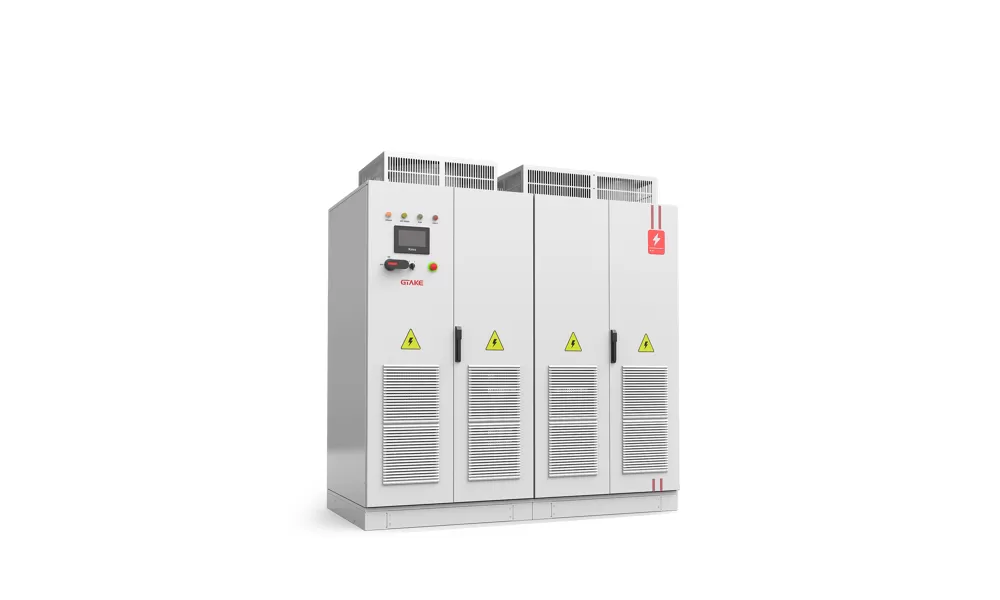Insulated gate bipolar transistor (IGBT) as a voltage controlled device operates on a similar principle as MOSFET. In an IGBT, only a small voltage is applied at the gate terminals to initiate the current conduction process. This design allows the IGBT to efficiently control the flow of current.
A key feature of the IGBT is that it can switch current from collector to emitter, but this process can only take place in one direction, i.e. forward switching. This unidirectional conduction characteristic makes IGBTs useful in circuits where precise control of current direction is required.
In actual IGBT switching circuits, a small voltage is usually applied to the gate to control the flow of current. For example, in a motor control circuit, an IGBT can be used to switch current from a positive voltage source to a motor. To protect the circuit and the motor, a resistor is usually included in the circuit to control the current flowing through the motor and prevent excessive current from damaging the device.
This design not only improves the efficiency and reliability of the circuit, but also makes IGBTs a key component in power electronics applications, especially in motor control and power conversion systems. By precisely controlling the gate voltage of the IGBT, efficient and precise control of the current can be achieved, thus optimizing the performance of the entire system.
Input Characteristics
The figure below shows the input characteristics of an IGBT. It is a graph between the voltage applied on the gate pin and the current flowing through the collector pin.
Initially, when there is no voltage applied to the gate pin, the IGBT is off and no current flows through the collector pin. When the voltage applied to the gate pin exceeds the threshold voltage, the inverter IGBT begins to conduct and the collector current IC begins to flow between the collector and emitter. The increase in collector current with respect to the gate voltage is shown in the figure below. In the above image, the transmission characteristics of IGBT is shown. It is almost the same as PMOSFET. When Vge (gate-emitter voltage) is greater than the threshold specified in the IGBT specification, the IGBT will enter the “on” state.

When no voltage is applied to the gate pin, no current flows through the IGBT, in which case the transistor remains off. In this case, the transistor will remain off. However, when a voltage is applied to the gate terminal, the current will remain zero for a period of time. When the voltage exceeds the threshold voltage, the device will begin to conduct and current will flow from the collector to the emitter terminals.
When the gate-emitter voltage (VGE) is less than the threshold voltage (VGE(th)), the IGBT is in cutoff and the collector current (IC) approaches zero. As VGE increases and exceeds VGE(th), the IGBT begins to conduct and IC increases accordingly. At VGE(sat), the IGBT goes into saturation and IC does not increase much because the transconductance (slope of the output characteristic line) of the IGBT decreases.
The input characteristic curve of an IGBT typically shows the switching behavior of the device, including its input impedance and how the collector current is controlled by varying the gate voltage. These characteristics are critical for designing IGBT driver circuits and predicting their behavior under different load conditions.
This startup process follows the steps below:
- No voltage on gate: When there is no voltage on the gate pin of the IGBT, the IGBT does not conduct and no current flows between the collector and emitter.
- Applied gate voltage: When a positive voltage is applied to the gate pin, but this voltage is lower than the threshold voltage of the IGBT, the IGBT still does not conduct and the collector current (IC) remains zero.
- Exceeds the threshold voltage: Once the gate voltage reaches or exceeds the IGBT’s threshold voltage, the IGBT’s channel begins to form, and charge carriers (electrons) under the gate begin to accumulate, forming a conductive channel.
- Current begins to flow: with the increase in gate voltage, the resistance of the conductive channel decreases, the collector current (IC) begins to flow, the IGBT into the on-state.
- Maintain on-state: In order to keep the IGBT on, the gate voltage needs to be maintained above the threshold voltage. If the gate voltage drops below the threshold, the IGBT will turn off and the collector current will stop flowing.

A simple way to understand this is that initially, when there is no voltage applied to the gate pin, the IGBT is off and no current flows through the collector pin. When the voltage applied to the gate pin exceeds the threshold voltage, the IGBT begins to conduct and the collector current IG begins to flow between the collector and emitter. The collector current increases with increasing gate voltage as shown in the figure below.
| state of affairs | description |
| Off state | No voltage is applied to the gate pin, the IGBT is turned off and there is no current in the collector. |
| Conduction state | The voltage applied to the gate pin exceeds the threshold voltage, the IGBT conducts and collector current begins to flow. |
| Current-voltage relationship | Collector current increases with increasing gate voltage. |
This characteristic of the IGBT makes it a very flexible power electronic switch capable of controlling the flow of high currents at low gate drive currents. When designing the IGBT drive circuit, it is necessary to ensure that the gate drive voltage is sufficient to exceed the threshold voltage to ensure reliable conduction of the IGBT. The design of the gate drive circuit also needs to be considered to avoid unwanted voltage spikes or current inrush during the switching process, which may affect the performance and lifetime of the IGBT. The control of the gate voltage is critical to the switching operation of the IGBT, allowing the use of small gate currents to control relatively large collector currents, which is one of the reasons why IGBTs are widely used in high-power applications.
At GTAKE, we integrate cutting-edge technologies into industrial variable frequency drives, servo drives, winder power converters, solar inverters for the industrial and clean energy markets. We also offer HEV/EV motor controllers for automobiles with superior efficiency, reliability and passenger comfort.Feel free to get in touch with us. We would love to hear from you.
